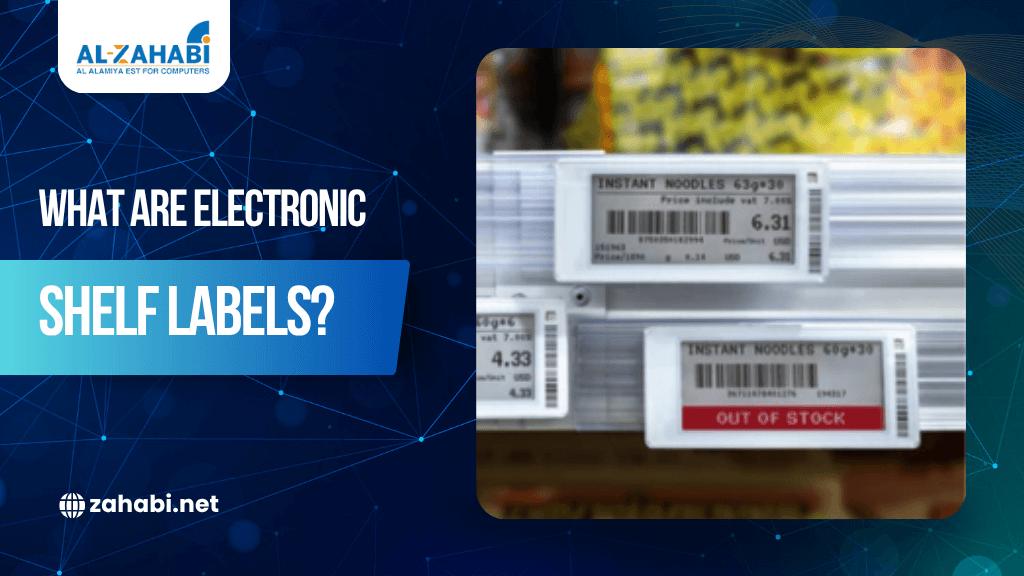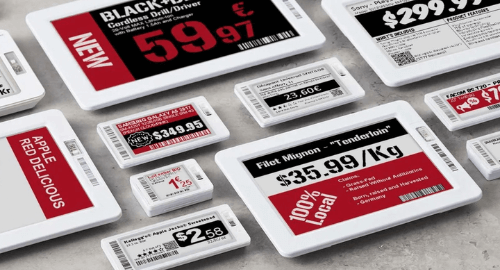
In a retail environment, agility and accuracy are critical. From global supermarket chains to boutique electronics stores, businesses are looking for ways to enhance customer experience, reduce operational costs, and streamline processes.
Digital Shelf Labels (DSLs) are emerging as a transformative tool in achieving these goals.
Here’s an overview of what digital shelf labels are, their key benefits, and how retailers are using them to stay competitive.
What Are Digital Shelf Labels?

Digital Shelf Labels are electronic display systems attached to shelves in retail stores, replacing traditional paper price tags. These labels use technologies such as e-ink or LCD screens and are typically connected via wireless networks to the retailer’s pricing system. Prices, product information, and promotional details can be updated remotely and in real-time.
Key Benefits of Digital Shelf Labels in Retail
-
Real-Time Price Updates
DSLs enable retailers to update prices instantly across all shelves and locations. This minimizes pricing errors, especially during promotions or markdowns, and ensures consistency between the shelf, checkout system, and online channels.
-
Labor Cost Savings
Changing paper labels manually is time-consuming and labor-intensive. With DSLs, store staff can focus more on customer service and other essential tasks instead of spending hours replacing price tags.
-
Enhanced Customer Experience
Accurate pricing reduces confusion and builds customer trust. DSLs can also display additional product information, stock availability, and QR codes for expanded details, enriching the in-store shopping experience.
-
Sustainability and Waste Reduction
By eliminating paper labels and reducing waste associated with frequent label changes, DSLs support sustainability initiatives and reduce a retailer’s environmental footprint.
-
Dynamic Pricing and Promotions
Retailers can implement dynamic pricing strategies using DSLs. For example, prices can automatically adjust based on time of day, stock levels, or competitor pricing, improving sales margins and reducing inventory losses.
-
Improved Inventory Management
Many DSL systems integrate with inventory and ERP systems. This allows real-time stock updates on the label itself, helping both customers and store associates quickly identify product availability.
Learn more by reading this guide on what are electronic shelf labels.
Practical Uses of Digital Shelf Labels
Supermarkets and Grocery Stores
For frequently changing prices and promotions, DSLs provide a quick and consistent solution. Stores can automate discounts on perishable goods nearing their sell-by date.
Electronics and Appliance Stores
Products with variable pricing due to technology updates or new models benefit from real-time label changes without manual effort.
Pharmacies
Displaying clear pricing and dosage information helps reduce compliance risks and improve customer trust in regulated environments.
DIY and Hardware Stores
With large product ranges and seasonal pricing, DSLs simplify updates for items like tools, building materials, and outdoor equipment.
Final Thoughts
Digital Shelf Labels are not just a trend — they represent a strategic investment for retailers looking to modernize operations, enhance the customer journey, and remain competitive. As retail continues to evolve, adopting technologies like DSLs is a smart move for businesses aiming for long-term growth and efficiency.
If you’d like help drafting product descriptions or case studies related to digital shelf labels, feel free to ask.




